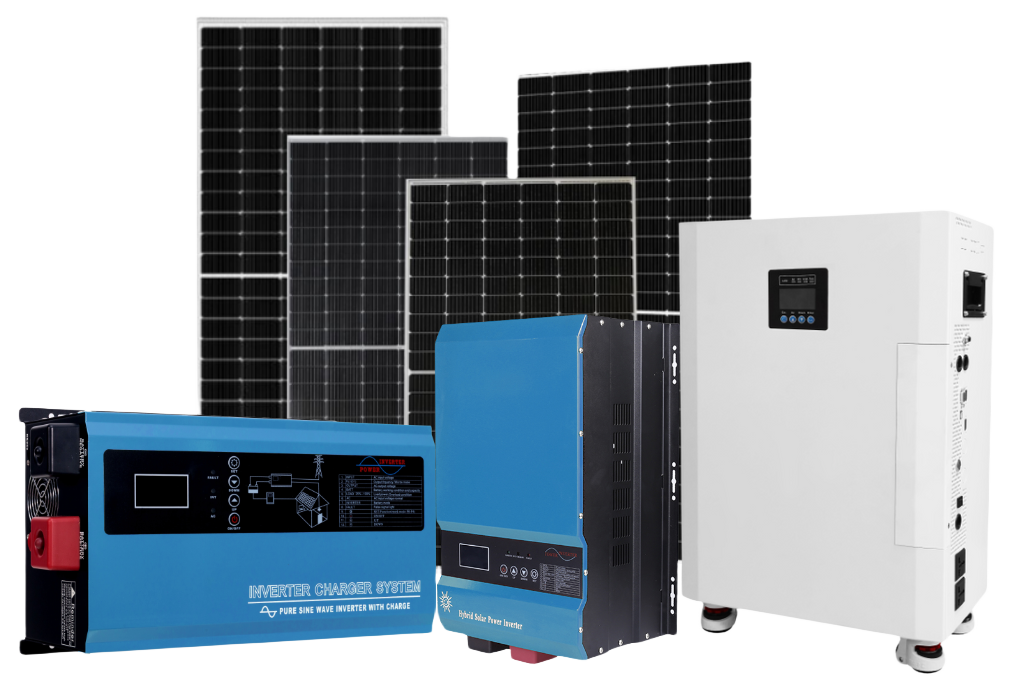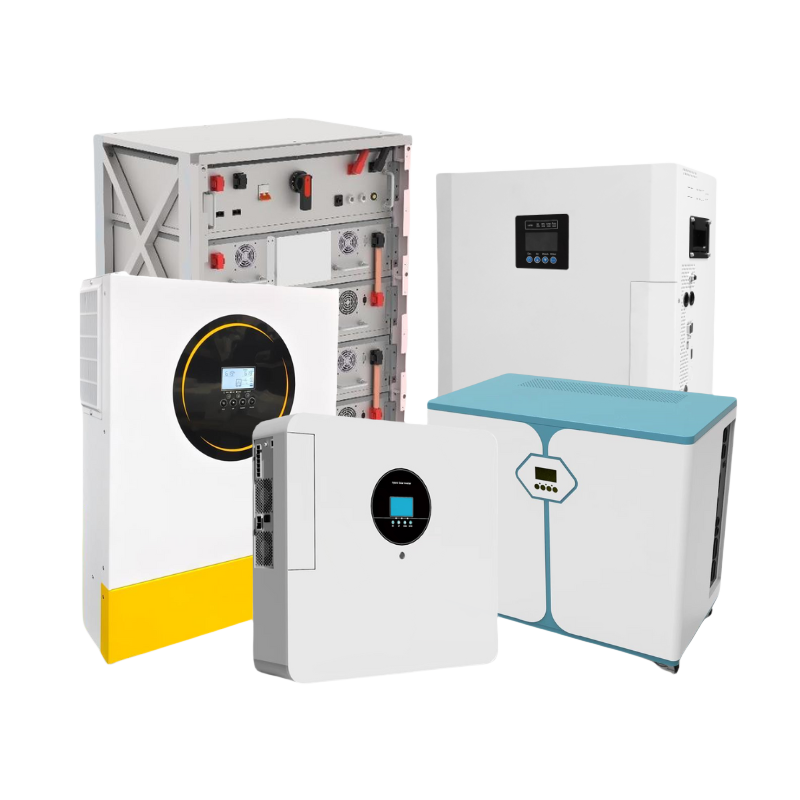The primary reasons for the lack of solar panels in Singapore include limited land availability, frequent cloud cover, high costs of installation and maintenance, and regulatory challenges. These factors collectively reduce the efficiency of photovoltaic cells and limit the installation of large solar arrays, making widespread solar energy adoption challenging.
To understand this in detail, let’s explore these factors and their impact on solar energy adoption in Singapore.
1. Limited Land Availability
One of the most significant challenges in Singapore is the scarcity of land. As a densely populated island nation, Singapore faces unique constraints that limit the space available for solar panel installations.
High Urban Density
Singapore is one of the most densely populated countries in the world, with a land area of only 728 square kilometers. This small land area supports a population of over 5.7 million people, leading to a population density that ranks among the highest globally.
The competition for land use is intense, with residential, commercial, and industrial needs taking precedence. Skyscrapers, commercial hubs, and industrial zones dominate the landscape, leaving little room for large-scale solar farms, which require extensive space to be effective.
The high cost of land also means that dedicating large tracts to solar farms is economically unfeasible.
Roof Space Limitations
While rooftop solar installations present a viable alternative to ground-mounted systems, the high-rise nature of Singapore’s buildings poses unique challenges. The city-state’s architectural landscape is characterized by tall buildings, where roof space is at a premium. Many buildings have limited roof space, which is often occupied by essential equipment such as water tanks, air conditioning units, and communication devices. These installations are critical for the building’s operation and take precedence over solar panels, further restricting the available area for photovoltaic systems.
Moreover, the structural design of high-rise buildings often complicates solar panel installation. Rooftops may not be designed to bear the additional weight of solar panels and their mounting systems, necessitating structural reinforcements that can be both costly and complex.
Additionally, shading from adjacent buildings can significantly impact the efficiency of rooftop solar panels, as the dense urban environment casts long shadows that reduce sunlight exposure.

2. Frequent Cloud Cover
Singapore’s tropical climate, characterized by frequent cloud cover and rainfall, also impacts the efficiency of solar panels.
Reduced Sunlight Hours
Singapore experiences around 2,000 hours of sunshine annually, which is relatively low compared to over 3,000 hours in sunnier regions like the southwestern United States. This discrepancy is primarily due to the frequent cloud cover that blankets the sky.
In Singapore, it is common to have overcast skies, especially during the monsoon seasons, which occur twice a year. This persistent cloud cover reduces the amount of direct sunlight, which is critical for solar panels to generate electricity efficiently.
The diffused sunlight that does reach the panels is less intense and less effective for energy production, leading to lower overall solar output.
Impact on Solar Efficiency
Solar panels operate most efficiently under direct sunlight, which provides the highest energy yield. When clouds diffuse sunlight, the intensity of solar radiation decreases, which directly affects the energy conversion process of photovoltaic cells.
In optimal conditions, solar panels can convert about 15-20% of sunlight into electricity. However, under cloudy conditions, this efficiency can drop significantly. For example, dense cloud cover can reduce the energy production of solar panels by as much as 60-70%.
This substantial reduction in efficiency can make solar energy less viable as a primary energy source in regions like Singapore, where cloud cover is frequent and unpredictable.

3. High Costs of Installation and Maintenance
The financial aspect is another significant barrier to the widespread adoption of solar panels in Singapore.
Installation Costs
Solar panel systems require a substantial upfront investment. Although the cost of solar panels has decreased globally due to advances in technology and increased production, the installation costs in Singapore remain high. This is primarily due to the need for specialized equipment and skilled labor.
In Singapore, labor costs are relatively high, and installing solar panels often requires certified professionals to ensure compliance with stringent safety and building regulations.
Additionally, the architectural complexity of high-rise buildings necessitates specialized mounting systems and structural assessments, further driving up costs. The logistical challenges of transporting and installing panels in a densely built urban environment also contribute to higher expenses.
Maintenance and Operation
Maintaining solar panel systems incurs ongoing costs that can add up over time. Regular cleaning is essential to ensure the panels operate at peak efficiency. In an urban environment like Singapore, pollution, dust, and bird droppings can quickly accumulate on the panels, blocking sunlight and reducing energy output. This necessitates frequent cleaning, which can be labor-intensive and costly.
Moreover, Singapore’s high humidity and frequent rainfall accelerate wear and tear on solar panels and their associated components. Moisture can infiltrate the panels and their electrical connections, leading to corrosion and other issues that can diminish their lifespan and efficiency.
Consequently, maintenance in Singapore often involves more frequent inspections and repairs compared to regions with drier climates. These factors contribute to higher long-term costs and can be a deterrent for both individuals and businesses considering solar energy.

4. Regulatory Challenges
Regulatory hurdles can also hinder the adoption of solar energy in Singapore.
Complex Approval Processes
The installation of solar panels involves navigating a complex regulatory landscape. Building owners must obtain multiple approvals from various agencies, such as the Urban Redevelopment Authority (URA), Building and Construction Authority (BCA), and the Energy Market Authority (EMA). This multi-layered approval process can be time-consuming and costly, as each agency has its own set of requirements and standards that must be met.
The need for detailed documentation and compliance with stringent safety and structural regulations can further complicate the process. These bureaucratic processes can deter individuals and businesses from pursuing solar installations, as the effort and expense involved can outweigh the perceived benefits.
Energy Grid Integration
Integrating solar energy into Singapore’s national grid presents technical challenges. The grid needs to be capable of handling intermittent energy supply, which requires upgrades and modifications. Solar power is inherently variable, with output fluctuating based on weather conditions and time of day. This intermittency can pose challenges for grid stability and reliability.
To manage these fluctuations, the grid must be equipped with advanced technologies such as smart meters, energy storage systems, and grid management software. These upgrades are costly and require significant investment from both the government and private sector.
Additionally, regulatory frameworks must be updated to facilitate the seamless integration of distributed solar power into the grid, ensuring that both large-scale and small-scale solar installations can contribute effectively to the national energy supply.

Exploring Solutions and Future Prospects
While the challenges are substantial, there are ongoing efforts to overcome these barriers and promote solar energy in Singapore.
Innovative Use of Space
To address land constraints, Singapore is exploring innovative solutions such as floating solar farms. This approach leverages the country’s reservoirs and other water bodies to install solar panels, thus generating renewable energy without occupying valuable land space.
The Tengeh Reservoir project is a prime example, featuring one of the world’s largest floating solar panel installations. These floating systems not only conserve land but also offer additional benefits, such as reducing water evaporation and limiting algae growth, which helps in maintaining water quality. By utilizing these water surfaces, Singapore can significantly expand its solar capacity without the need for extensive land use.
Technological Advancements
Advancements in solar technology are crucial in addressing efficiency challenges. More efficient photovoltaic cells and bifacial panels that can capture sunlight from both sides are helping to maximize energy production, even in cloudy conditions. Research into perovskite solar cells, which offer high efficiency and flexibility, is also promising for urban environments.
Moreover, advancements in energy storage solutions, such as improved lithium-ion batteries and emerging technologies like solid-state batteries, aim to mitigate the impact of intermittent solar supply by storing excess energy for use during non-sunny periods. This can help ensure a stable and reliable energy supply, making solar energy more viable in regions with variable weather patterns.
Government Initiatives and Incentives
The Singapore government is actively promoting solar energy through various initiatives and incentives. One key approach is to aggregate demand for solar installations across public buildings, thereby driving down costs through economies of scale. By coordinating bulk purchases and installations, the government makes solar energy more affordable for public sector buildings, which can then serve as benchmarks for private sector adoption.
Additionally, the government offers grants, rebates, and tax incentives to offset installation costs and encourage both residential and commercial adoption of solar energy. These financial incentives are crucial in lowering the barrier to entry, making solar energy a more attractive option for consumers.
Streamlining Regulatory Processes
Efforts are being made to streamline the regulatory processes associated with solar installations. Simplifying approval procedures and providing clear guidelines can reduce the bureaucratic burden and make it easier for individuals and businesses to invest in solar energy.
The government is working on creating a more cohesive regulatory framework that consolidates requirements across different agencies. By implementing a one-stop approval process, the time and cost involved in obtaining necessary permits can be significantly reduced.
Moreover, providing standardized installation guidelines and enhancing support for navigating the regulatory landscape can help demystify the process and encourage wider adoption.
Conclusion
In conclusion, the lack of solar panels in Singapore can be attributed to a combination of limited land availability, frequent cloud cover, high costs of installation and maintenance, and regulatory challenges.
However, with innovative solutions, technological advancements, and supportive government policies, Singapore has the potential to overcome these barriers and enhance its solar energy adoption. The future of solar energy in Singapore looks promising as the nation continues to explore and implement strategies to harness the power of the sun effectively.





















